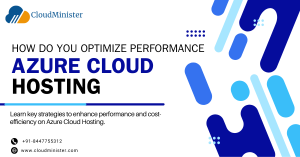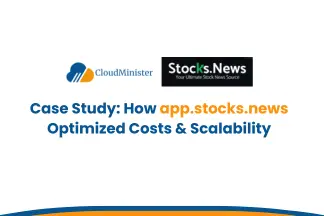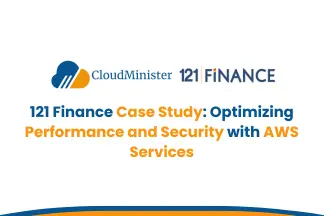

Optimizing Costs and Scalability for PanelViewPoint
Optimizing Costs and Scalability for PanelViewPoint
Introduction
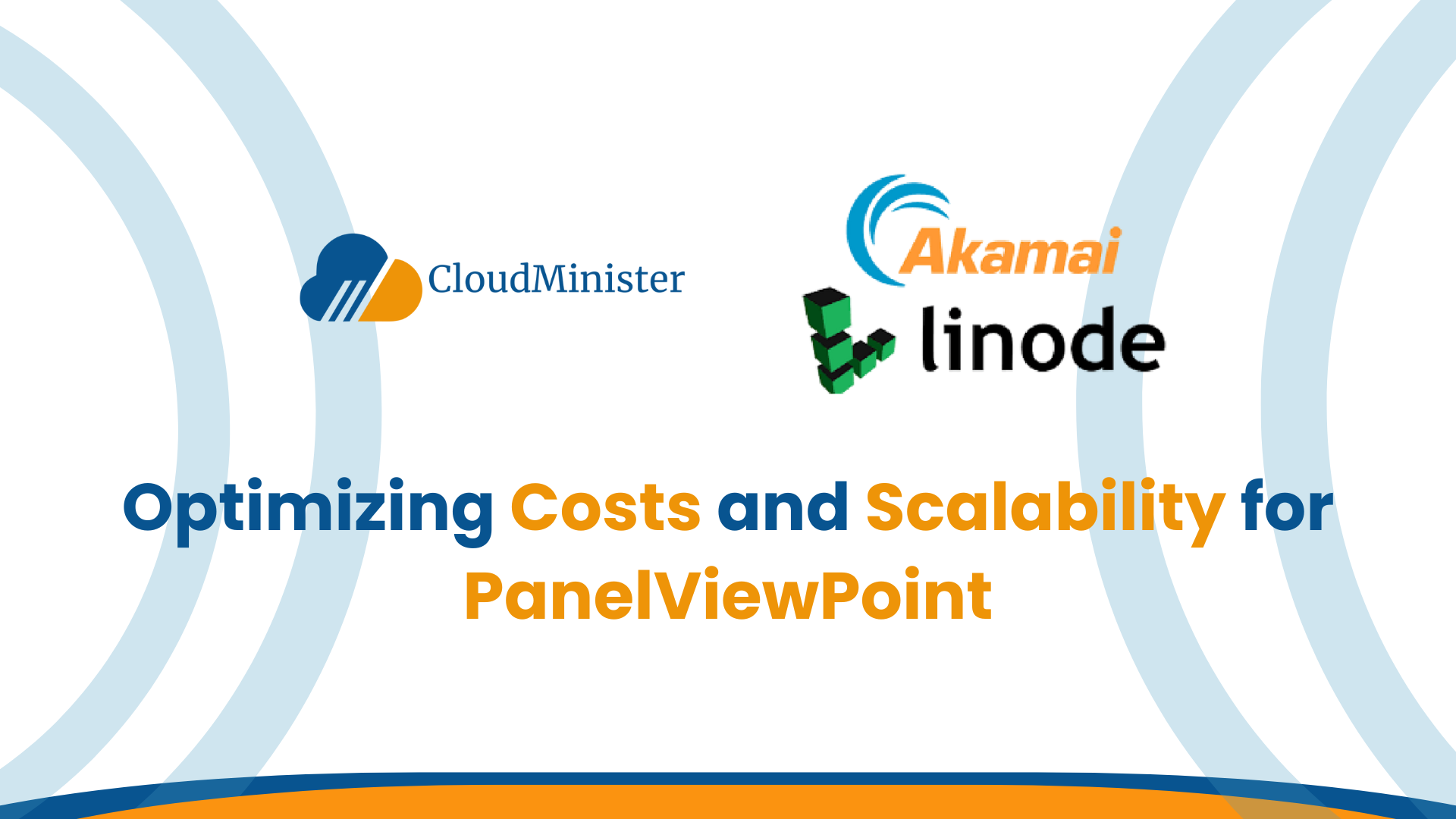
PanelViewPoint, a prominent online surveying platform, allows businesses and organizations to obtain valuable insights via user surveys. The platform’s infrastructure was originally hosted on Amazon Web Services (AWS), with high operational costs. With the growth of the user base, the limitations of the current setup became evident, requiring a more scalable and cost-efficient solution.
To overcome these challenges, PanelViewPoint Migrated its infrastructure to Akamai Linode, prioritizing cost savings, performance improvement, and better scalability. This case study delves into the transition process, the problems encountered, the solutions adopted, and the achieved advantages.
Challenge – Overcoming Increasing Costs and Scalability Issues
PanelViewPoint’s major challenges were in three areas:
1. High Infrastructure Expenses
The platform was spending around $2,000 per month on AWS charges.
Growth in the number of users had an escalating impact on costs, making the AWS deployment unsustainable on the long-term.
2. Limited Scalability
AWS-powered infrastructure only scaled to 50 active users before performance dropped.
As usage growth in responses came in through survey participation, response times crawled, and lags in systems were more regular, affecting user experience.
3. Need for Cost Optimization
The mission was to limit operational expenses but in a manner that allowed scaling up to serve growth in future.
Solution – Migration to Akamai Linode for Cost Savings and Scalability
In response to these issues, PanelViewPoint executed a strategic infrastructure migration from AWS to Akamai Linode, taking several optimization steps:
Infrastructure Migration to Akamai Linode
The whole AWS-based infrastructure was migrated to Akamai Linode successfully, choosing a cost-efficient but scalable option. The new setup was designed to take advantage of Linode’s competitive pricing strategy, reducing dependence on expensive cloud services. The server architecture was redesigned to achieve a good balance of performance, cost, and reliability.
- 1. Cost Optimization Strategies
- Infrastructure Tuning – Improved CPU and memory utilization through optimized server configurations. Reallocated storage and controlled bandwidth effectively to minimize unnecessary expenses.
- Resource Scaling – Deployed resource scaling solutions that dynamically assigned CPU, memory, and storage depending on workload requirement, maximizing the use of resources without incurring unnecessary costs.
- Server Consolidation – Migrated AWS’s high-cost virtual machines to Linode’s cost-effective servers, consolidating the active instances while maximizing resource usage. This resulted in a 50% decrease in infrastructure expenses.
- 2. Scalability Improvements
- Created a new architecture supporting up to 1,500 simultaneous users, a 30-fold expansion over the old 50-user capacity.
- Improved database performance by using indexing and query optimization to reduce data retrieval times substantially.
- Rationalized content delivery and load balancing strategies to handle traffic spikes effectively.
Results
Enhanced Efficiency, Lowered Costs, and Optimized Performance
The move to Akamai Linode realized considerable advantages to PanelViewPoint, enhancing both cost effectiveness and system scalability:
- Cost Reduction
- Monthly infrastructure costs reduced from $2,000 to $1,000, a 50% reduction in costs.
- Better resource utilization reduced over-provisioning, resulting in further cost savings.
- Greater Scalability
The new system can now handle 1,500 active users at the same time, up from the earlier limit of 50.
Elastic scaling features allow the platform to scale for future growth without affecting performance.
- Better Performance
Improved response times resulted in a more seamless user experience, with less latency and survey completion time.
Improved database efficiency ensured seamless data retrieval even during peak usage.
Key Advantages for PanelViewPoint
PanelViewPoint’s migration provided various strategic advantages, which ensured cost savings as well as improved performance.
1. Meaningful Cost Savings
- Through optimizing infrastructure and removing wasteful expenses, the migration resulted in a direct decrease in operating expenditure. These cost savings allowed PanelViewPoint to invest in innovation and business development..
2 .Enhanced Scalability
- The platform is now able to manage an expanding user base with ease without sacrificing performance. This provides a seamless experience even when demand peaks, avoiding bottlenecks that may affect engagement.
.
3 .Streamlined Resource Utilization
- With an optimally sized infrastructure, computing resources are utilized more effectively. This equilibrium between cost and performance ensures the system runs at maximum efficiency without overpaying for idle capacity.
.
4. Smooth User Experience
- Improved responsiveness and faster load times have drastically improved user interaction. A seamless interface promotes increased survey response rates, with a direct impact on data collection efforts.
.
5. Future-Ready Infrastructure
- The future-proofed migration of PanelViewPoint's system enabled it to scale seamlessly with growing demand. This forward-thinking strategy avoids the potential for costly migrations down the road, ensuring future sustainability.
Flow Diagram
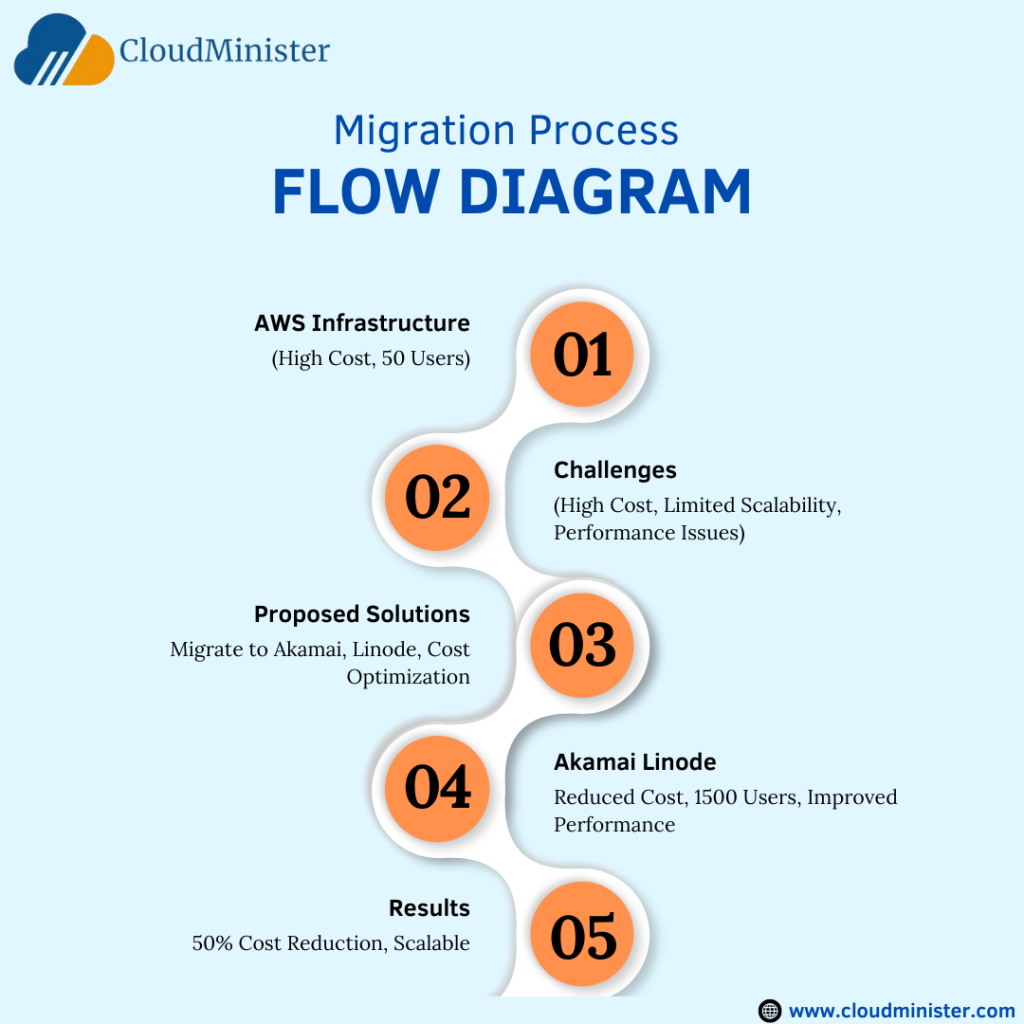
- Here is an outline for a flow diagram that visually represents the migration process:
Challenge of an AWS-Based Setup
An organization had its cloud infrastructure on Amazon Web Services (AWS) but was suffering from excessive operating costs and performance constraints. The current setup, though taking advantage of AWS’s cloud feature, suffered from the following drawbacks:
- • Exorbitant Monthly Cloud Charges (~$2000)
- In spite of AWS's scalable pricing system, the monthly cloud cost for the company amounted to approximately $2000, mostly because of:
- Over-Provisioned Instances – The firm was employing more and larger instances than necessary, which resulted in unnecessary expenditure.
- Inefficient Pricing Models – Rather than utilizing reserved instances or spot instances, the firm was dependent on expensive on-demand instances.
- Costly Storage Options – High-end storage tiers (e.g., EBS SSDs) and unused snapshots contributed to the cost.
- Traffic-Based Cost Escalation – Outbound data transfer, API calls, and inefficient auto-scaling resulted in high AWS bills.
- • Scalability Restrictions (Supported Only 50 Simultaneous Users)
- Even with the prohibitive prices, the AWS infrastructure supported only 50 simultaneous users. Beyond this, scaling was difficult owing to:
- Misaligned Compute Resources – Instances were either under-sized or poorly configured.
- Database Delays – Poor query performance and high input/output (I/O) operations resulted in delays.
- Inefficient Load Balancing – Traffic was not routed to available instances efficiently.
- Networking Inefficiencies – Inefficient routing and congestion were responsible for high latency.
- • Performance Problems
- Slow response times, latency, and intermittent downtime were probably due to:
- High I/O Operations – Application and database layers were not optimized for performance.
- Inefficient Caching Mechanisms –Database and content delivery caching were not optimally used.
- Network Congestion – Poor traffic management resulted in data transmission delays.
-
Solution – Migration to Akamai Linode for Cost and Performance Optimization
To overcome these challenges, the company chose to migrate its cloud infrastructure from AWS to Akamai Linode, which offered a cost-efficient and high-performance option.
Migration Strategy
The migration included:
- Moving workloads – Applications, databases, and storage were transferred from AWS to Linode.
- Re-architecting the infrastructure – Resources were efficiently allocated to align with workload requirements.
- Removing costly AWS services – AWS-specific tools such as RDS (managed database service), ELB (Elastic Load Balancer), and CloudWatch (monitoring) were substituted with lower-cost alternatives.
Instituting cost-reducing measures
- Auto-scaling: Resources adjusted dynamically depending on demand, avoiding over-use.
- Right-Sized VMs: Only required compute power was assigned, avoiding over-provision.
- Server Consolidation: Workloads were fine-tuned to eliminate redundant instances.
1. New Infrastructure on Akamai Linode
- Post-migration, new infrastructure offered substantial cost savings, increased scalability, and improved performance.
The company lowered cloud expenses from $2000 to $1000 per month by migrating to Linode’s flat-rate pricing strategy. This was done by:
- Eliminating AWS’s Variable Pricing – Linode provides fixed pricing, as opposed to AWS’s variable on-demand pricing.
- Optimizing Compute and Storage – Better utilization of Linode’s compute instances and block storage drastically reduced costs.
- Elimination of Redundant AWS Services – Replacing AWS services with Linode or self-managed alternatives saved the company additional fees.
2. 30x Increase in Scalability (Handles 1500 Concurrent Users)
- The infrastructure was now able to handle 1500 concurrent users compared to a mere 50 earlier. The improvements in scalability involved:
- Optimal Load Balancing–Distribution of traffic was maximized for an improved user experience.
- Optimization of Database Queries– Improved and quicker database interactions minimized latency.
- Caching and CDN Integration – Content delivery networks (CDN) reduced the load on the primary servers.
3. Enhanced Performance (Faster Response Times, Lower Latency)
- Users experienced significantly faster load times and improved system reliability due to:
- Right-Sized Resources – Linode’s optimized virtual machines ensured smooth performance.
- Better Database Indexing and Caching – Query execution times improved dramatically.
- Optimized Networking – With Akamai’s edge services, traffic routing was more efficient, reducing latency.
Conclusion
Migration from AWS to Akamai Linode led to:
- 50% reduced cloud expenses, hence making operations cost-effective.
- 30x more scalable, handling 1500 users rather than 50.
- Improved system performance, enhancing user experience and reliability.
This case study demonstrates the significance of selecting the appropriate cloud provider, optimizing resource utilization, and strategic cost management to achieve maximum cloud efficiency. Through right-sizing their infrastructure and utilizing a more economical provider, the company was able to cut costs while dramatically enhancing performance and scalability.
Share
Search Case Studies
AWS Setup and Migration
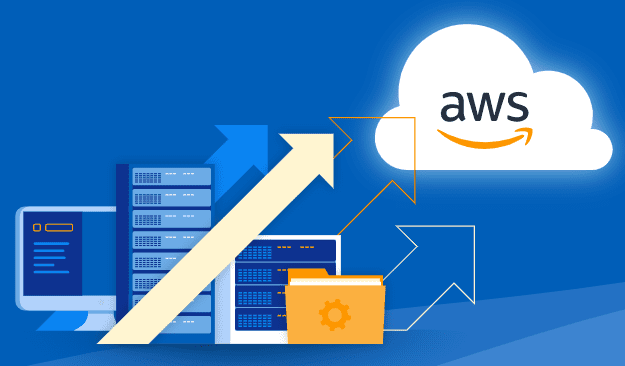
Skillwinz utilizes the following AWS services:
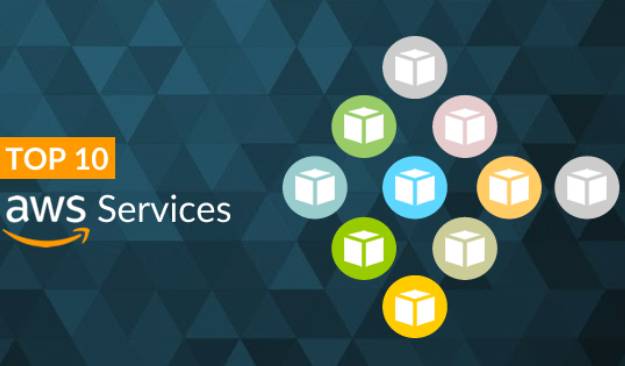
AWS Cost Optimization:

Gaming and Entertainment

RDS (Amazon Relational Database Service)

Case Studies
- PanelViewPoint:
- : India
 Register
Register


